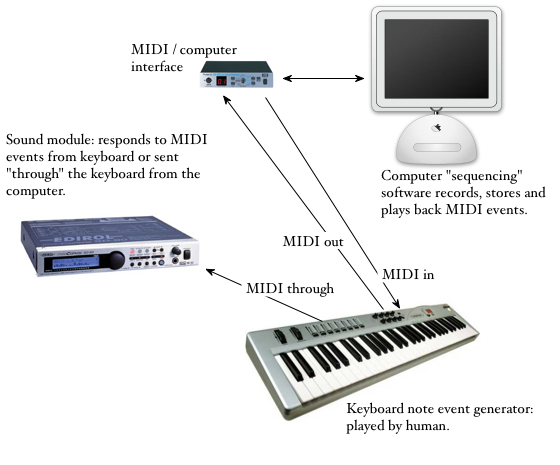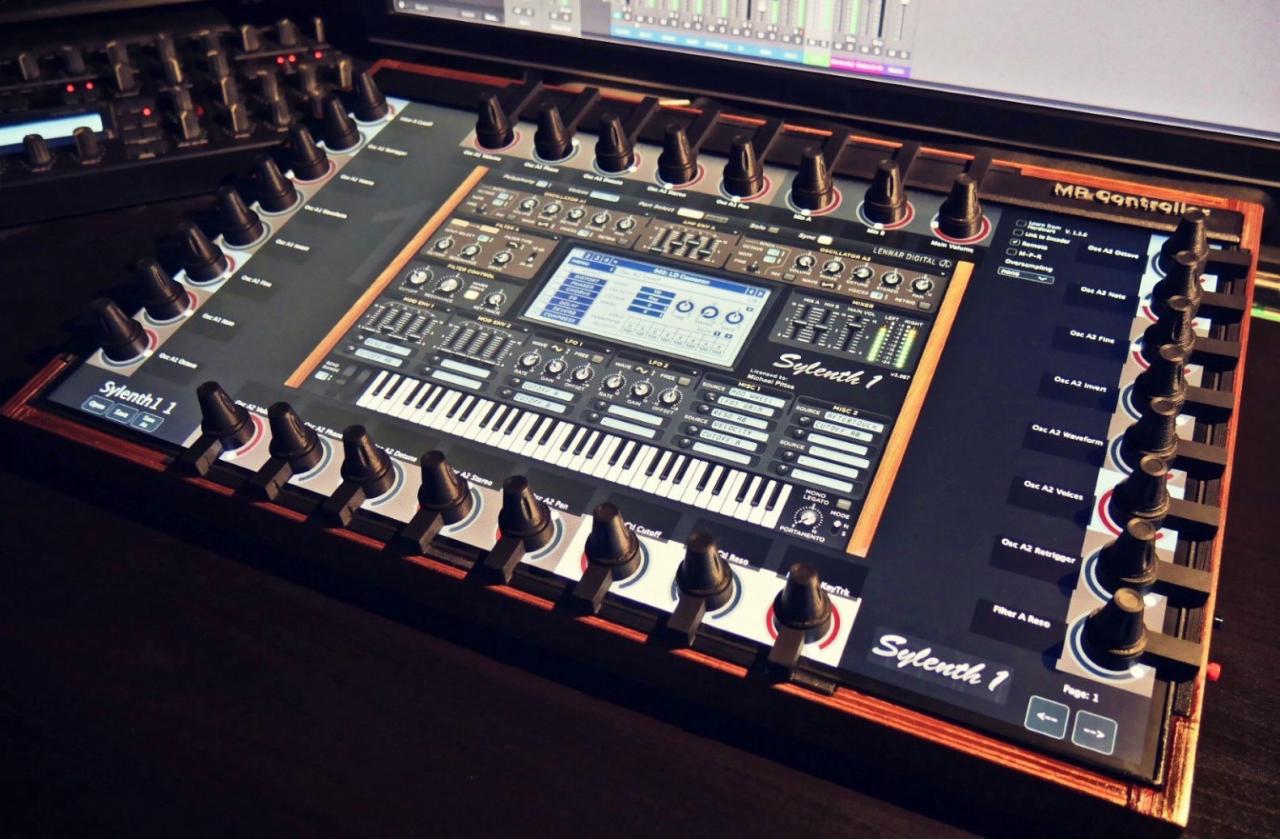
Audible feedback lets you hear what you have entered playing the phrase a second time on a real instrument adds the pitches to the rhythm. Again, Denemo gives you audible feedback so that you don’t enter E-flat when you meant D-sharp etc.

You have to play the right notes in the right order, but your timing can be as sloppy as you like. New in version 2.5.2 is a pitches-first method – play in the piece first and then the rhythms – this way you hear the music in both stages – see demo and tutorial instructions.Īnother great feature is the ability to put links in the score to the original source document that you transcribed from. Clicking on such a link opens the document for you and highlights the bar you are looking at. You can use this to continue work from where you left off, or for looking back at the source to check a doubtful bar.īeginner to Professional: Denemo can be used for a brief student homework all the way to a full-scale opera. Support is there for creating the widest range of notation – Tablature, Chord Charts, Fret Diagrams, Drums, transposing instruments, ossia, ottava, cue, title pages, table-of-contents, critical commentaries, footnotes quoting music, and more with LilyPond’s extensive syntax available for even more demanding uses.
#LILYPOND MIDI INSTRUMENT FREE#
In Brief: Denemo is a free (GPL) music notation editor, creating notation straight from your input that outshines the commercial competition ( comparison with other score writers). Is there really no alternative to the above for what I need to do? And if not, is there any example I can use as a reference? For instance mididings requires programming scripts in Python, a language I don't know, and I'd rather not study it just for this.Release 2.5 is imminent – please test!.You can compose, transcribe, arrange, listen to the music and much more.

Someone else mentioned qmidiroute as well, which does have a GUI and seems easier with its rules, but also seems limited to two output ports: either I'm missing a way to change that, or that would mean chaining more instantes in a tree topology if you have more than two instruments. That said, they seem to be very low level, and from a quick glance also apparently have a very high learning curve for what seems to be a simple need (I guess I'm probably making it easier than it really is, MIDI-wise). Searching around on this forum and the Internet in general, I did find a couple of old applications that seem to be able to make this possible, namely midish and mididings. Apparently all you can do out of the box is connecting ports in their entirety, which doesn't have the finer-grained flexibility I need in this context. I thought this was a relatively trivial requirement, but it looks like it's not. If not an intermediary, I'd be happy even with a regular MIDI player/sequencer that can configure the instrument mappings, since Lilypond generates a MIDI file anyway. Since there's only a single MIDI output I can configure, this means I need an intermediary that can "split" the incoming MIDI messages to different recipients: e.g., send instrument A to ZynAddSubFx, instrument B and C to QSynth, instrument D to a VST, and so on. Since what I do in Ardour is typically associate different instruments/tracks to different renderers, I'd love to do the same while writing as well, for a "better" and a bit more realistic preview. This is nice for a preview, but I'd like to get more done here, since most of the times the corrections I have to make are related to how different the preview is from the end result. At the moment, in Frescobaldi I can only configure a single MIDI output, which I usually set to a QSynth instance with the default Fluidsynth soundfont for rendering.

The reason why I don't do any MIDI editing in Ardour (apart from very minor tweaks) is that I really don't like how MIDI is handled there: this makes the process a bit of a pain, because if it turns out I have to do some major correction, this means going back to Frescobaldi, regenerate the MIDI, import again and replace the notes in the tracks I imported previously. Eventually, when the bulk of the writing is done, I import the resulting MIDI file in Ardour, and then do everything else there: assigning the right instrument via a SF2/SFZ/whatever plugin, adding real recorded instruments, and so on. Just to give some context, as anticipated I usually write all my music in Lilypond with Frescobaldi, which I found to be quite faster than using other more visual editors.

Please let me know if this should be moved elsewhere. Not sure if my question belongs here or to the "Recorders & Sequencers" section, since it's more MIDI related, but since it all starts from a requirement I have using Lilypond and Frescobaldi I thought I'd ask here.


 0 kommentar(er)
0 kommentar(er)
